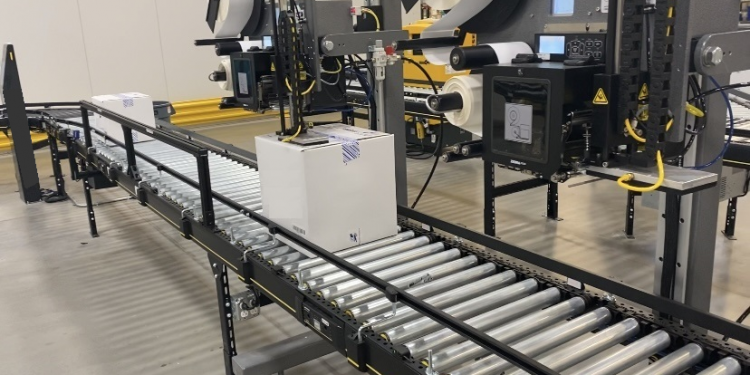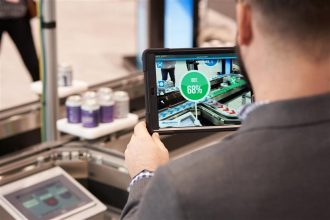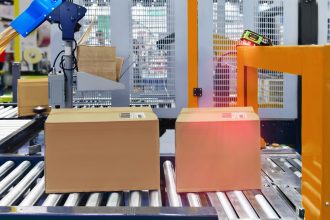Better Data Equals Better Labeling and Tagging

Your scanning, labeling, applying and manifesting (SLAM) operations might seem like some of the most basic and manual in the warehouse, but they are actually data-driven applications. Beginning with inbound operations, you are capturing data critical to ensuring packages end up on the right shelves, get picked to the right conveyors, bins or cartons, and eventually, receive the correct shipping labels to head out the door.
Barcodes and RFID tags are the key components in this smooth operating scenario, helping to avoid inaccuracy by validating a host of important information. The next steps involve determining the right hardware to complement the labels or tags, producing the important data capture results. Labels and tags in a variety of sizes and formats carry and translate a host of necessary information to the warehouse management system and the employees on the floor.
The data you capture to enhance SLAM is very individual, varying from operation to operation and customer to customer. But in general, as a shipment comes into your doors, you’ll be collecting data like a production date, a part number, the quantity, a purchase order, weight and size, and potentially lot numbers. The labels and tags will pass through scanners or RFID readers either handheld and operated by an employee, or run past a fixed label or tag reader as they enter the distribution center.
With data captured, your material handling equipment can then route the parcels to the right place within your facility. This might involve generating a new label or re-writing a tag (in the case of RFID) with an end designation, new SKU number, and more. When it comes time to pick, you will likely generate and apply a new label or tag that allows for capturing outbound data details.
Depending on the size and sophistication of your operation, your SLAM operations might be largely manual, or automated. In the first scenario, you’ll typically have a print station where the box makes it way to you thanks to the data already captured. At that point, an employee prints a new label or tag and manually applies it. In an automated facility, the box/parcel arrives at the station where automated equipment scans the label or tag, reads it, produces another and applies it. By operating in this fashion, warehouse employees are freed up to focus on other, more complex tasks that can use some human input.
One step that can be useful in a warehouse when it comes to data capture and SLAM operations is to assemble a team that is dedicated to determining labeling and tagging standards. They will determine what data is essential to capture from inbound to outbound operations as well as determine the media standards for printed labels or best RFID tag type (ex active vs passive, etc.). Strong, standardized labeling and tagging practices can streamline operations, resulting in better productivity and bottom-line results.
Real-time visibility is the key to future warehousing, especially with regard to ecommerce. Being able to capture data from labels or RFID tags as they pass through the warehouse—and then out the door again—is the answer to smooth operations.
More information about Scanning, Labeling, Applying, Manifesting:
Podcast: Transitioning From Manual To Automated SLAM (The Last 100 feet)
Offsetting Labor Shortages with SLAM
To learn more about MHI’s SLAM industry group: www.mhi.org/slam



